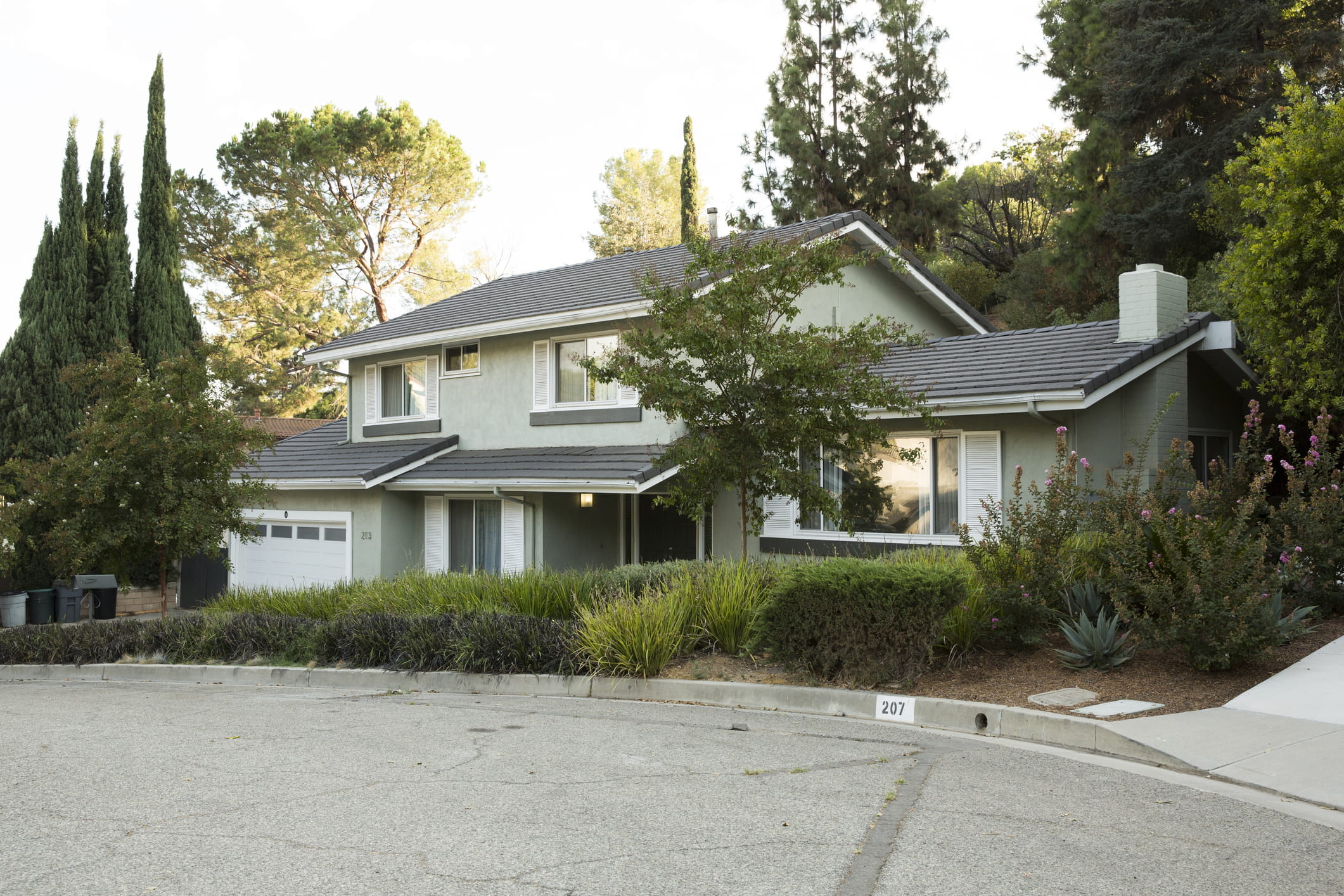Research Brief
Canada Housing
June 2025

Housing Market Shows Some Life as Trade
Risks Gradually Abate
Breath of life seen in housing sector. Canada’s residential market has been under pressure throughout the first half of 2025. Affordability challenges and ongoing trade uncertainties have tempered buyer confidence despite lower borrowing costs. As of May, year-to-date homes sales were down 11 per cent, curbing the price recovery that had started to build over the latter parts of last year. Yet as Canada came out of April’s “Liberation Day” and subsequent adjustments relatively unscathed, home sales rose 3.6 per cent monthly in May. Although still down 3.0 per cent year over year, the average price of a single-family home also showed some stabilization as a result. Meanwhile, early reports suggest Canada and the United States are closing in on a trade agreement. Along with lower borrowing costs helping affordability, this could fuel further momentum over the rest of 2025.
Current conditions offer opportunity. The Bank of Canada held its policy rate for the second consecutive meeting in June at 2.75 per cent. While further cuts are expected, terminal rate forecasts are inching higher as inflationary indicators begin to mount. At the same time, various economic pressures – such as large bond spreads with the United States, tariff risks, inflation and the potential for larger government deficits – are also causing longer-term bond yields to stabilize. This mean that borrowing conditions for potential home buyers could be nearing their lowest levels. For buyers looking to time the market, the combination of more favourable mortgage rates and lower prices could present an opportunity to re-enter the sector.
Commercial Real Estate Outlook
Condo market showing weakness. Amid historic supply growth, affordability hurdles and waning investor demand due to negative cash flows, Canada’s condo market – largely concentrated in Toronto and Vancouver – has come under pressure. The inventory of completed and unabsorbed units has surged since mid-2022 and is approaching a 10-year high. The average condo sale price was also down 4.5 per cent year over year as of May, which is more than the 3.0 per cent decline seen in the single-family market. This trend is further highlighted in Toronto, which has seen a 7.0 per cent yearly drop and a near 20 per cent decline from its March 2022 peak. Consequently, national residential land sales plummeted from the 2021-2022 peak, which is now translating into for-owned condo starts hitting a 15-year low as of the first quarter of 2025. Although needed for the sector to clear its excess inventory, the fall in starts will hinder long-term affordability goals
Apartments capturing investor interest. Unlike the for-owned condo market, apartment rentals are showing healthier performance. As of the end of 2024, the national vacancy rate was 2.2 per cent, which helped drive annual rent growth of 6.7 per cent. As a result, the property type has continue to be a preferred build-type, with starts surging over the past 10 years. While tighter immigration policies are curbing population growth and stretched renters’ budgets are creating some affordability challenges in new builds – causing starts to pullback in recent quarters – development activity remains elevated. This is especially true for low- to mid-rise properties amid growing policy support, cost advantages and more resilient renter demand.


* Through May; ** Through 1Q; v Trailing 12-month average; vv For-owned condos
Sources: Marcus & Millichap Research Services; Altus Data Solutions; Canada Mortgage and
Housing Corporation; Capital Economics; CoStar Group, Inc.; Statistics Canada
TO READ THE FULL ARTICLE

